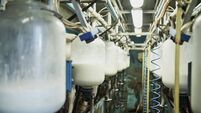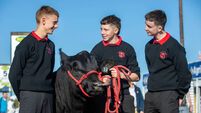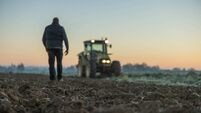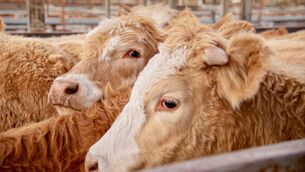Spring-suckler cows should be back in-calf
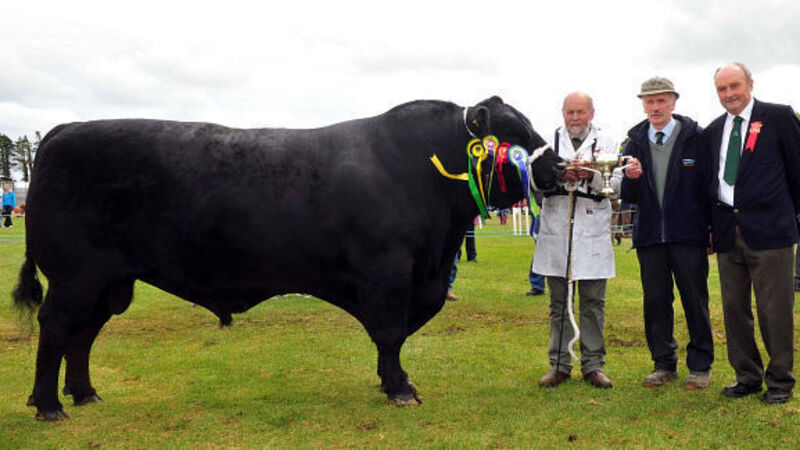
Scanning during the breeding season is a well worthwhile exercise, as it allows you to identify problem cows that need a washout or a CIDR, etc.
There is no point in scanning later in the year to find out which cows are in-calf — that is too late for any intervention, leaving you with empty cows.
You should scan the reproductive tract for issues, as well as for pregnancy. Make sure that the scanning is done by an experienced operator, who can give you accurate information about your herd and individual cows.
Continue to keep cows and calves on quality grass to ensure that cows are getting optimum energy intakes to support milk production and reproductive performance.
Mineral Supplementation
Continue to supplement cows with a mineral, while on grass, to deliver sufficient magnesium, and essential minerals and vitamins, to aid reproduction.
I have noticed that suckler cows are not taking as much magnesium lick since the temperatures improved. But keep them in front; the later calvers, in particular, will benefit from them.
Grass Surplus
Grass is out of control on most farms. Growth has taken off during the good spell of weather we have had over the last two weeks.
Grass is difficult to manage at the best of times. Realising when you have too much grass is critical, in order to take corrective action.
A surplus of grass on a beef farm is detrimental to the business.
Dairy farmers have a constant measure of grass through cow performance, and changes in grass quality are noted more quickly, due to milk yield and constituent changes.
Poor utilisation of grass has a huge knock-on effect on animal performance. Strong grass is wasted by animals trampling on it, and this grass is also much lower in energy and digestibility — not to mention the poor quality of the next round of grazing, if it is not topped or grazed-out properly.
Take out surplus grass
It is critical that you get a handle on grass quality sooner rather than later, to optimise performance from grass. If you get a grip on it now, then you could be amazed how much silage you might gather up from your grazing platform.
It is essential to skip strong paddocks, and pit or wrap them, once they are identified as surplus, while continuing to fertilise and grow grass while it will grow.
Don’t wait for a main cut of silage to take out surplus grass.
Influence live weight-gain from grass.
* If grass quality is poor, then you need to address it immediately.
* Take out surplus grass sooner rather than later.
* Don’t reduce fertiliser use below recommended rates for your rotation length.
* I have heard of people who think it’s a good idea to reduce fertiliser applications in order to reduce growth. That is a crazy idea.
Grow grass when it will grow.
* Don’t hold back several fields or paddocks for wrapping on the one day, as they will all be ready for grazing at the one time in the next rotation, leading to another surplus.
* If your grass quality is poor, and perhaps you are also short of grass, then, in order to achieve target-weight gains, you may need to feed meal.
If you don’t feed them during a period of energy deficit, it will be very hard for them to catch up to targets.
* If you regularly need to take out surplus paddocks, keep nitrogen application at one unit per day; this will ensure that preservation is successfully achieved in both bales and pit-saved silage.

